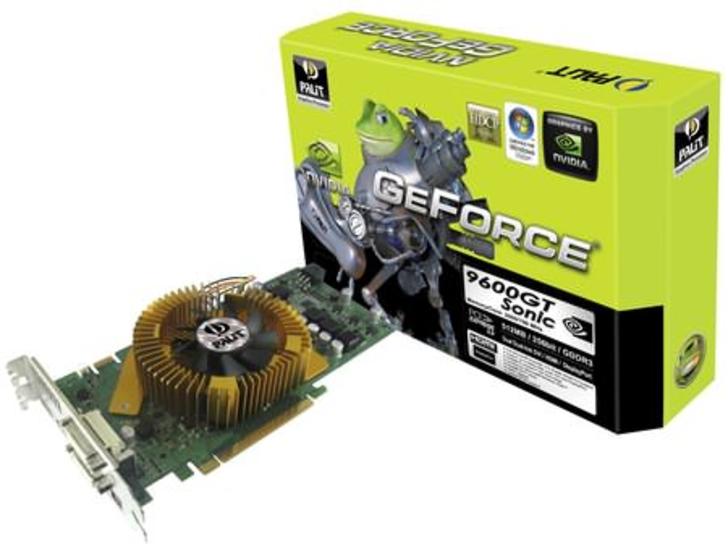MusicRadar Verdict
It's been a long time coming, but NVIDIA has finally produced a worthy successor to the 7600 GT
Pros
- +
Great performance at this price point. Comes awfully close to the 8800 GT chipset. Makes life extremely tough for rival ATI
Cons
- -
8800-based boards are not much more expensive
MusicRadar's got your back
This is getting silly. With the launch of the new GeForce 9600 GT, Nvidia has added yet another chipset to the ludicrously crowded upper-medium segment of the PC graphics market. To give you some idea of how congested things have become, have a chew on this brief synopsis.
Boards based on the ATI Radeon HD 3850 chipset can be had for a whiff over £90, while the 3870 kicks off at £125. From Nvidia, there's the 8800 GS, a cut-down chipset based on the G92 GPU at about £90, with the standard G92 variant (the 8800 GT) yours for £135 in 256MB trim or £150 for the 512MB version. The full fat G92, known as the 8800 GTS 512MB, starts at approximately £175.
Needless to say, several additional variations including a wide range of factory overclocked cards complicate matters further. Prices are likewise constantly shifting, creating all manner of confusing overlaps.
It's into this baffling, DX10-powered melange that Nvidia has dropped the 9600 GT. The particular Palit-flavoured 9600GT Sonic tested here, complete with factory overclocked core and memory settings, weighs in at £127.
Want all the hottest music and gear news, reviews, deals, features and more, direct to your inbox? Sign up here.
